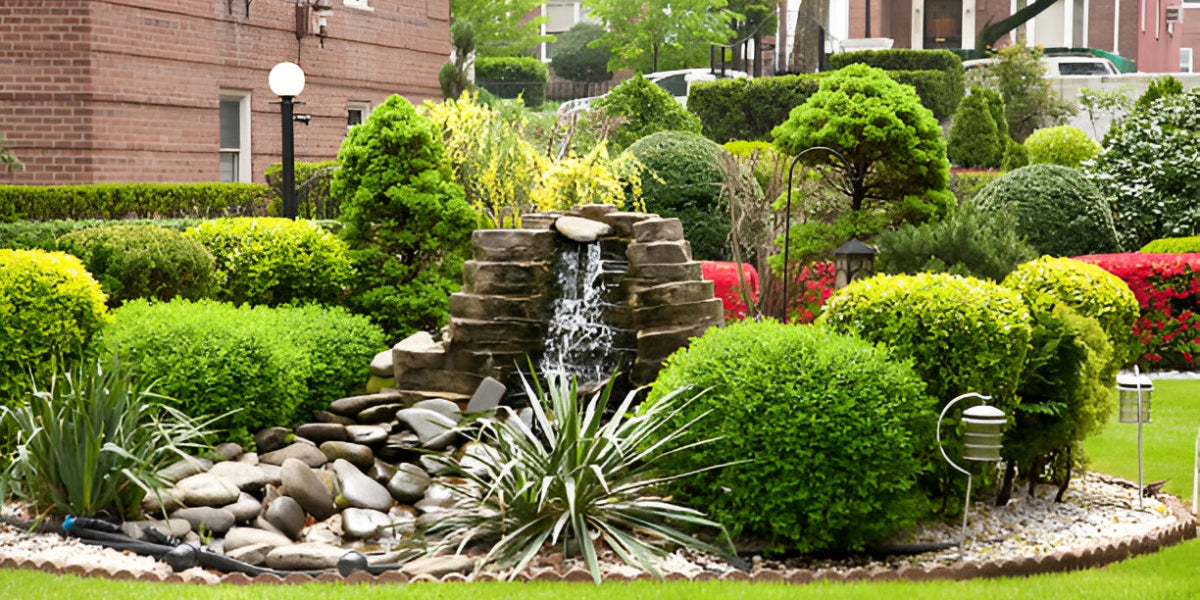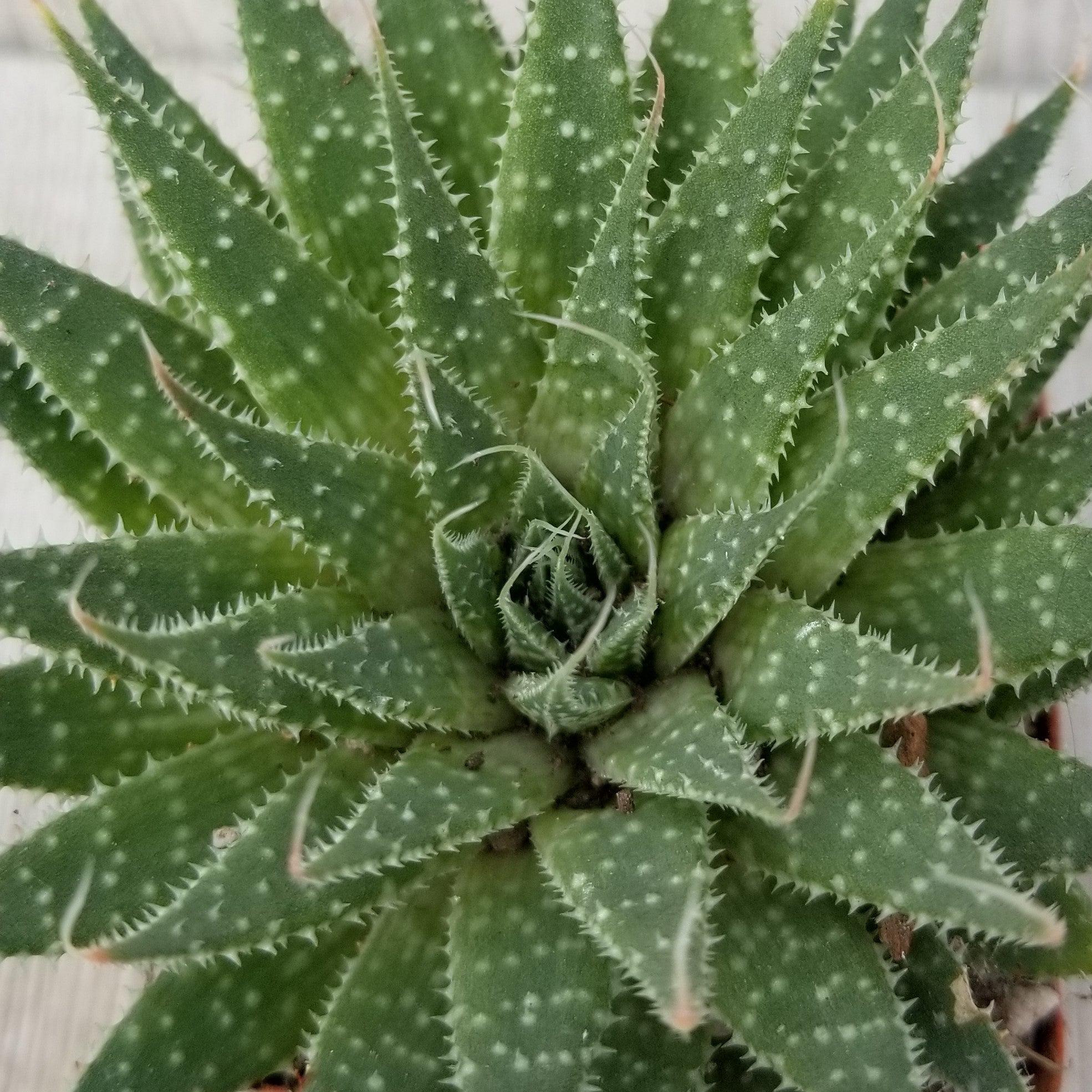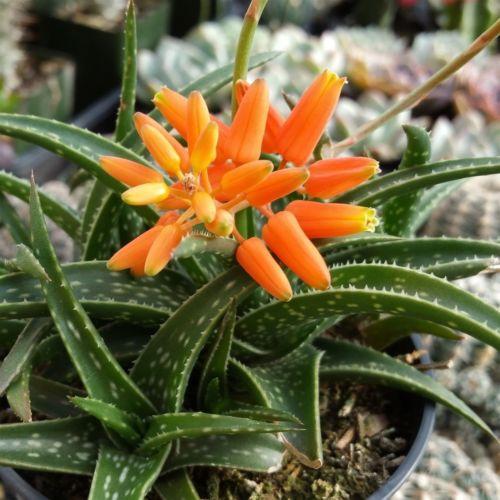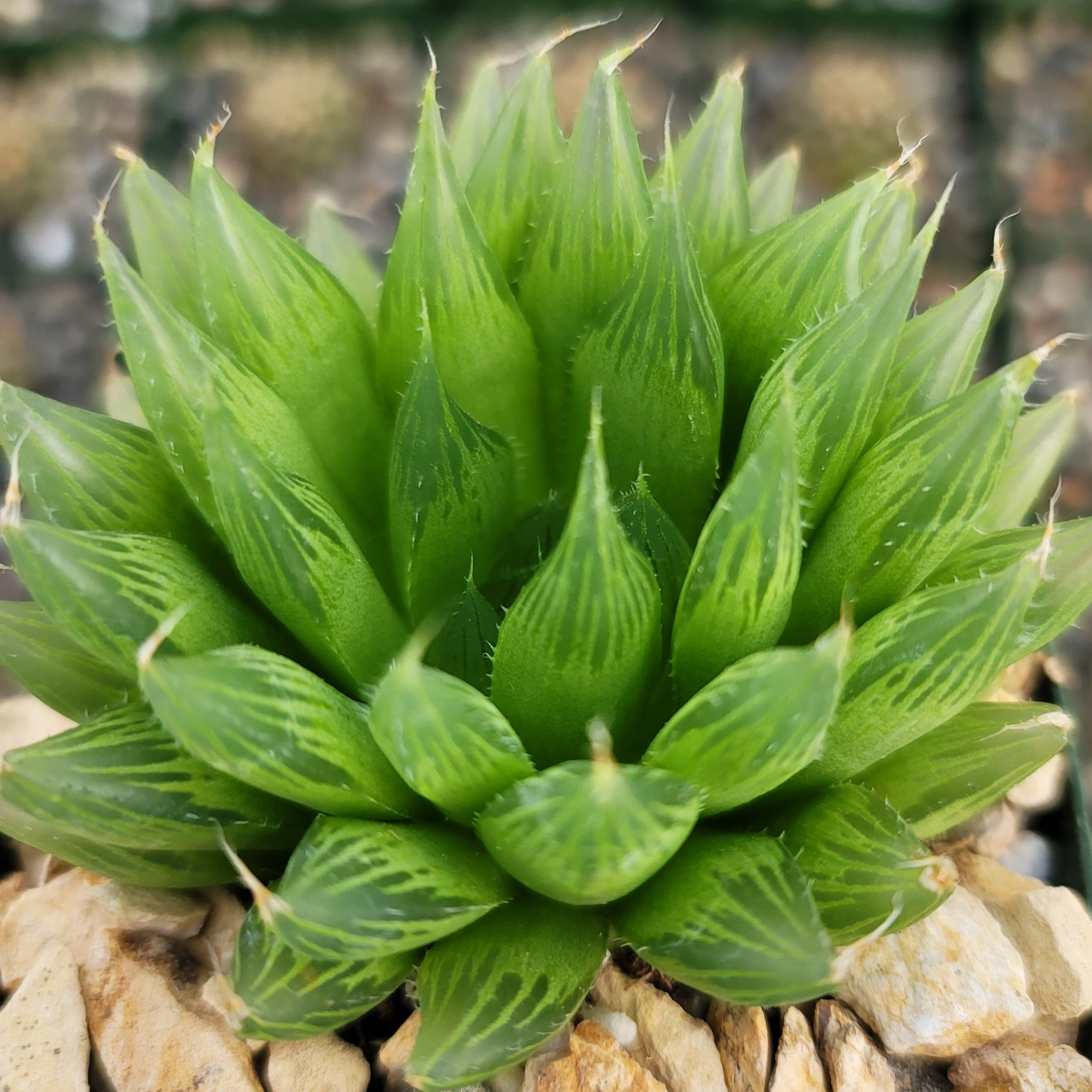Root Rot Treatment
Updated: January 28, 2025

It hurts for a succulent lover to discover their favorite succulents suffering from root rot. The entire situation can go out of hand very soon if not addressed well in time. However, rotting succulents may not always be despairing. There are ways to nurse the rotting back to good health. Read on to find more!
What do Succulent Roots look like when they rot?
You should look out for signs of root rotting with your succulents, chenille plant succulents, or any other. Since, in most cases, the root is under the ground, it is difficult to observe the symptoms of the root itself. Luckily, the entire plant shows some signs indicating succulent plant root rot.
Watch out for these signs:
- The leaves start to wilt - This is one of the direct hints of root rot. You might also observe your zebra succulents turning yellow, especially the leaves—another top indicator of root rotting. Of course, there are other reasons behind wilting and yellowing.
- The soil is persistently wet - This is another indication that the root is no more absorbing water. Notice the ground when you have not watered the plant for some time. If the soil is still wet, it could be succulent stem rot.
- The roots are black and mushy - Check the roots. Healthy roots are usually white, firm, and strong. Not rotting roots! These will be mushy, soft to touch, and dark. Expect a foul odor too.
- The plant has stunted growth – Your succulent has stopped growing, especially if it was thriving till now. It could be root rot. Just make sure that the other conditions are appropriately delivered to the houseplant. For example, ensure it is getting adequate sunlight, the pot is right-sized, or the watering needs are addressed relevantly.
Why is my Succulent Rotting?
There are numerous causes of your succulent root rotting.
- Fungal Infection: The reason behind the fungal attack is overwatering. The moisture creates the right conditions for fungal growth. The fungus usually comes from a gardening tool. Fungus like Fusarium spp, Pythium spp, etc, spread through this way.
- Insufficient Oxygen: The root is not getting enough oxygen. O2 starvation in the case when the soil is densely packed can cause the root to rot. Rotting in such cases is mostly in potted plants rather than in your garden.
- Standing Water: The other viable reason for root rot is when the soil does not drain too well, and the water keeps standing at the root base. Such soggy conditions stop the roots from oxygen absorption leading to O2 starvation, and eventually, the plant dies.

Treating Root Rot
- Step 1 - Identify root rot by removing the roots and closely looking at them.
- Step 2 - Put the roots under running water. The objective is to remove the soil sticking to the roots.
- Step 3 - You need to prune the darkened mushy roots. Ensure that you remove all the affected parts because even a bit of the rot left can spoil the plant. If only a tiny portion of the root system is left, cut off some leaves from the stem.
- Step 4 - Change the potting mix or the soil. It's better not to take any chances with the current soil as it can be fungus.
- Step 5 - Ensure that you use alcohol to clean the gardening equipment and the container to remove all signs of the fungus.
- Step 6 - Plant the succulent in fresh soil in a well-draining potting mix.
Care to Prevent Root Rot
- Always repot the plant or re-root aloe in fresh soil. Do not use the existing soil.
- Water only when needed. Let the soil's surface be completely dry before you water the plant.
- No need to use fertilizers often. It can weaken the plant.
- Instead of placing rocks and stones at the bottom, use a pot with drainage holes. They could be blocking the water from getting completely drained.
- Avoid using fungicides as they contain harmful chemicals until necessary.
FAQs
-
Why are the elephant bush leaves falling off?
Underwatering could be the main issue.
-
Why is my succulent turning black?
The roots are rotting because of overwatering. You need to stop watering and check the roots.
-
Do markings colored black on succulents indicate root rot?
Yes, one of the reasons could be root rot.
-
How to propagate a Mexican Snowball?
Firstly, you need to take a healthy leaf with its base intact. Place it on dry soil. Leave it till roots start to appear. Now, water the soil.
-
What are the indications of stem rot in succulents?
Shrivelled leaves turning yellow indicate rot - stem or root.
-
Do black succulent leaves indicate root rotting?
Yes, it does.
Root rot is a potentially fatal disease that works on the root system of your much-loved succulent. If not treated, the condition can very well spread to the entire plant, which can eventually lead to the death of the houseplant.
























